Expectations of sun and snow ready for your waxed skis run high! Given the excitement, the thought of having to prepare your packing carefully may not occur to everyone. At the risk of being killjoys, we’d like to point out that our Easter or winter holidays do not always go as planned and that it’s key to be well prepared.
It’s nearly 50 years since the tragic Easter of 1967, which prompted calls for the adoption of the Norwegian Mountain Code. Since then, the Code has become common knowledge among Norwegians. But, in 2015, it was given a facelift to appeal to modern outdoor enthusiasts and the more daring type of skiing we see these days. For this reason, Devold and the Norwegian Trekking Association (DNT) have joined forces to find the perfect woolly jumper for skiers taking to the mountains in spring. Devold’s hiking range includes soft, light garments knitted from fine merino wool. Despite being lightweight, the garments in this range have a superior insulating ability and regulate body temperature depending on how active you are. Wool keeps you warm even when it gets wet, so you should always have woollens in your rucksack in case the weather changes.
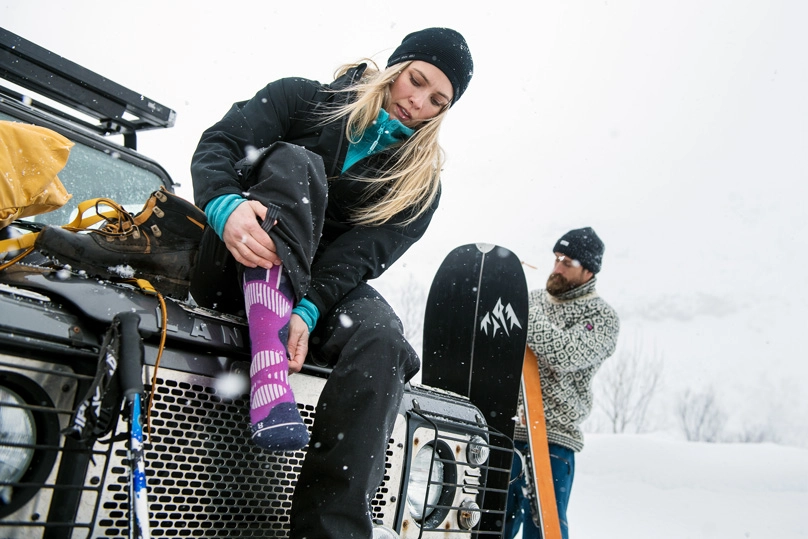
Code #1
Plan your hike and tell us which route you’re taking.
Plan your hike taking into account the people in your group and always have several options.
Familiarise yourself with the area you’re going to and the prevailing conditions. Take advice from seasoned mountaineers.
Make sure you’re equipped with the knowledge and skills required for your hike.
Protect the environment. Proper planning will ensure you leave no litter behind you.
Arrange to meet others without relying on mobile coverage or the exact time.
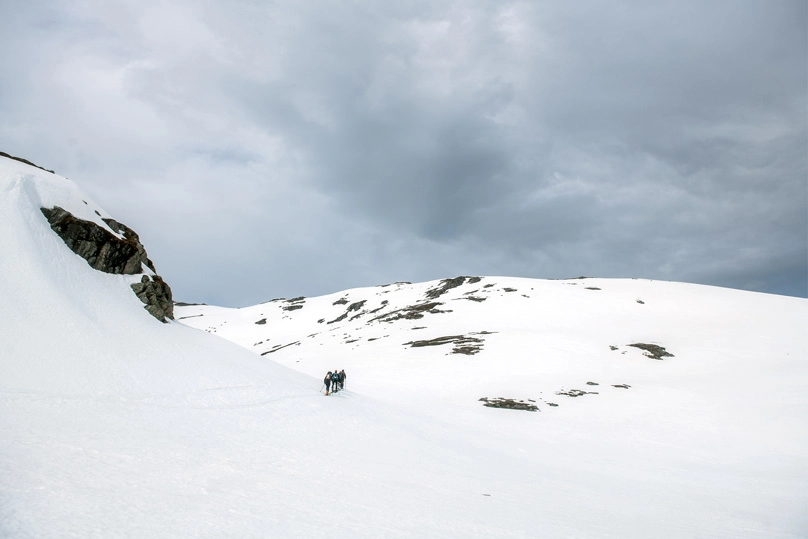
Code #2
Customise your hike taking your skills and the weather conditions into account
Plan your hike taking into account the people in your group and always have several options.
Familiarise yourself with the area you’re in and the prevailing conditions. Take advice from seasoned mountaineers.
Make sure you’re equipped with the knowledge and skills required for your trek.
Look after the environment. Proper planning will ensure you leave no litter behind you.
Arrange to meet others without relying on mobile coverage or the exact time.
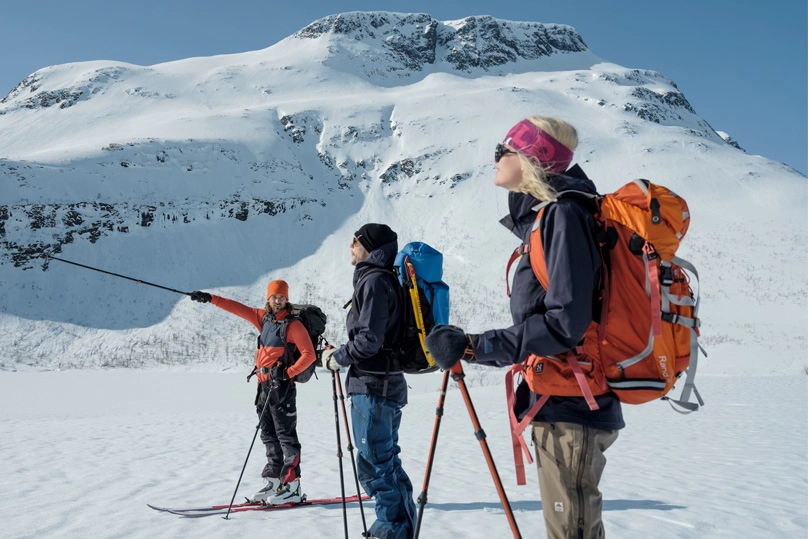
Code #3
Pay heed to weather and avalanche warnings
Always observe weather and avalanche warnings and be clear about what that means for you in the area where you’ll be staying.
Follow advice issued in response to the current weather warning and opt for a simple terrain when the conditions are challenging.
Weather warnings are available at: yr.no, storm.no, and varsom.no.

Code #4
Be prepared for storms and the cold, even on short treks
Put on appropriate clothes for the weather conditions and other circumstances.
Remember that weather conditions can change quickly in the mountains. Take both extra clothing and equipment required for the trek and the terrain you’ll be crossing.
Taking extra food and drink with you can help both you and others in your group should your trek take longer than planned or should you have to wait for help.
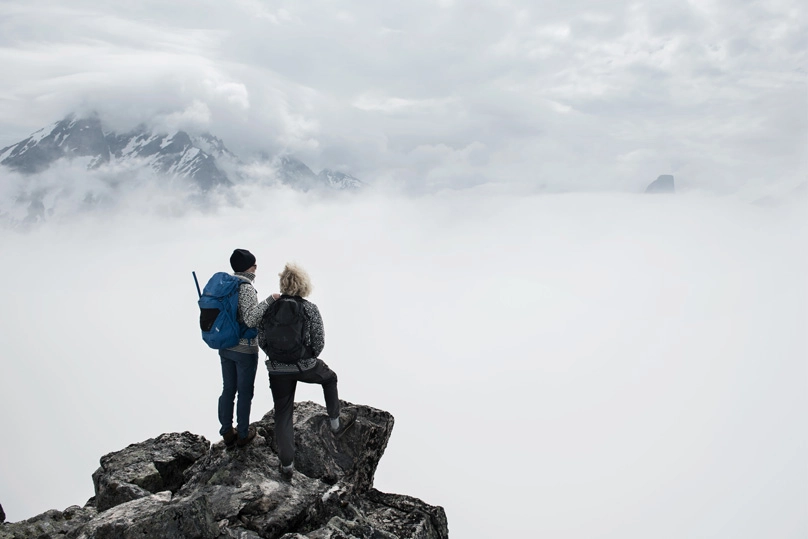
Code #5
Take the necessary equipment to help yourself and other members of your group
In winter, you need a wind sack, sleeping mat, sleeping bag, and shovel to make it through a night outdoors. A wind sack can save lives.
Feel free to take a reflective vest or headlamp with you, to make it easier for others to find you in case of an accident.
Take a first-aid kit with you. This will ensure you can help yourself and others.
Always use transceivers and take a searching rod and shovel with you, especially if you’re going to be staying in an avalanche-prone area.
Pack wisely! Pack lists for various treks can be found on dnt.no.
Mobile phones can be a good item to have with you, but remember that they can’t be relied upon in all situations or areas.
Should an accident occur, alert the police by phoning 112 (in Norway), seek help or try to notify people of your location otherwise.
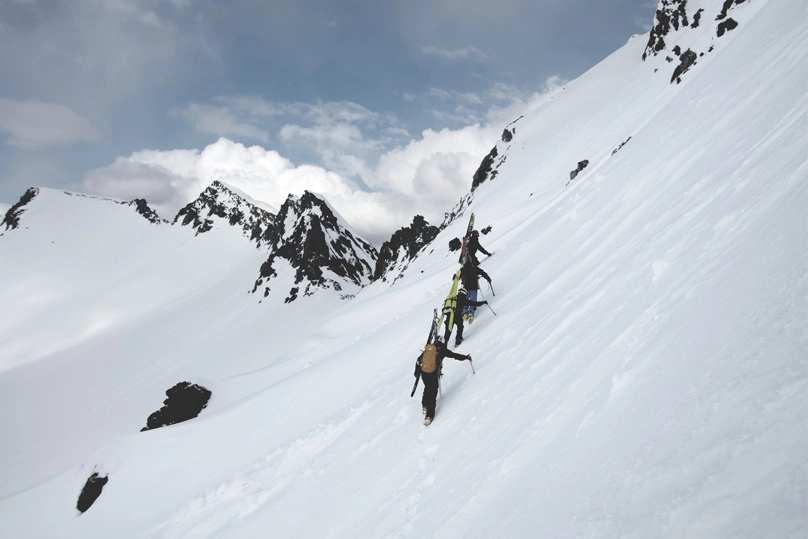
Code #6
Make safe route choices. Pay attention to avalanche terrain and any unsafe ice
Making clever, informed route choices is key to steering clear of avalanches.
An avalanche can be triggered by a cornice standing five metres tall or more, which is steeper than 30 degrees.
In other words, even if the terrain you’re crossing is flat, you can trigger an avalanche on the mountainside above you.
An avalanche can travel a distance three times the length of the cornice that triggered it.
Avoid terrain traps, such as narrow stream valleys. Consider what happens when an avalanche is triggered.
Be aware of snowdrifts as you walk along a mountain ridge.
and of ice conditions when crossing regulated waterways and entering inlets or estuaries.
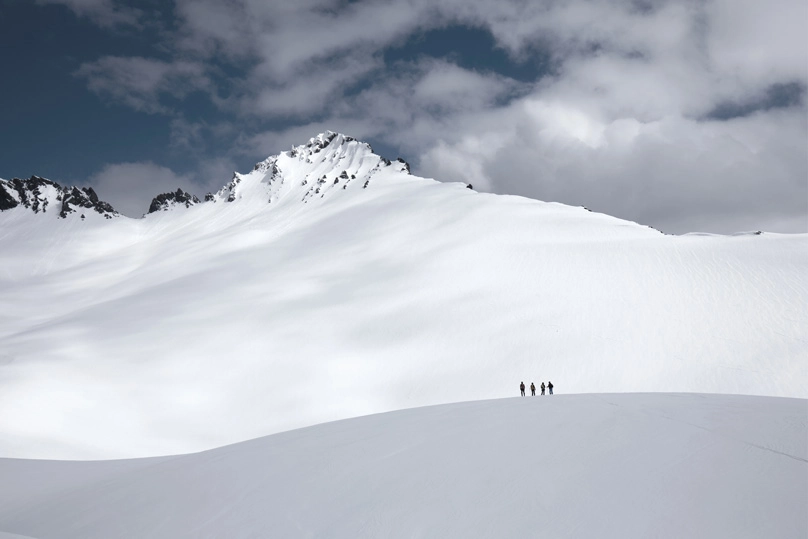
Code #7
Use a map and compass. Always be sure you know where you are
Use a map and compass; it works every time.
Follow the map even when hiking along marked trails.
You’ll get a lot more out of your trekking experience if you follow the map as you progress along your route.
GPS and other electronic aids are all well and good but remember always to carry an extra power source.
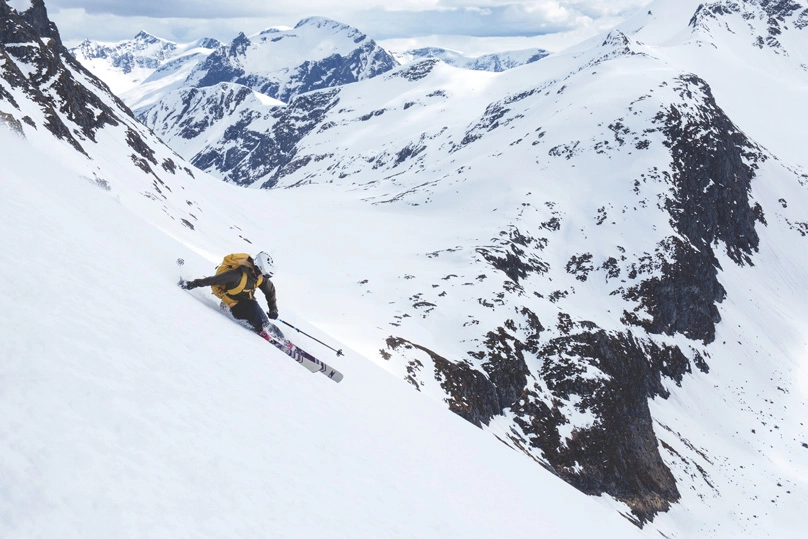
Code #8
Turn back on time: there is no shame in turning back
Re-evaluate your plan continuously and select plan B long before you run yourself down.
Have the conditions changed? Should you turn back?
Is anyone in your group having trouble completing the trek? Should the group turn back?
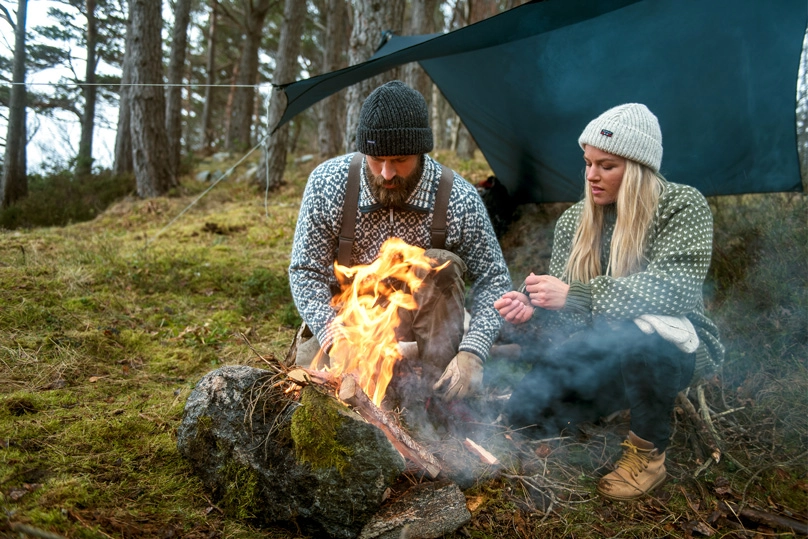
Code #9
Save your energy and seek protection if needed
Set the trekking pace to the weakest member of your group and make sure everyone is involved.
Eat and drink frequently. When you’re pushing yourself, your body needs more fluid than you might feel is necessary.
Don’t wait until you’re exhausted to seek shelter. Strong winds make us tired.
Use your wind sack or bury yourself in the snow on time.